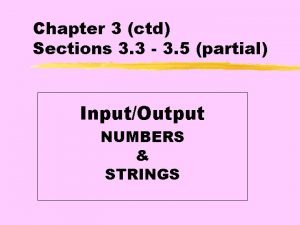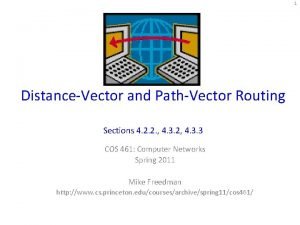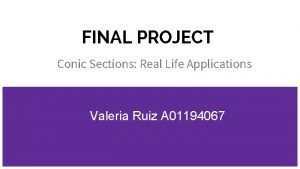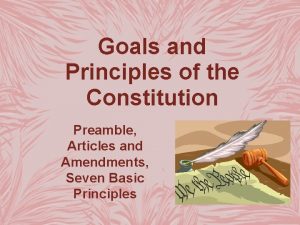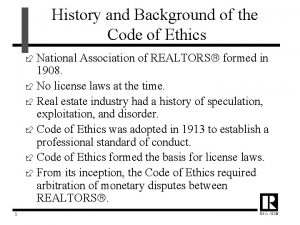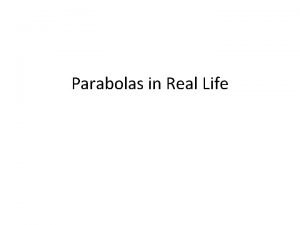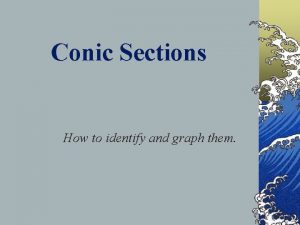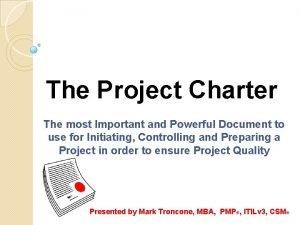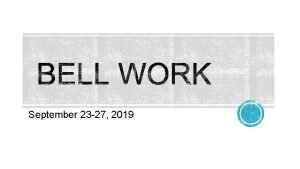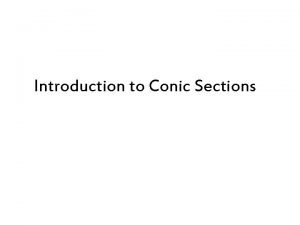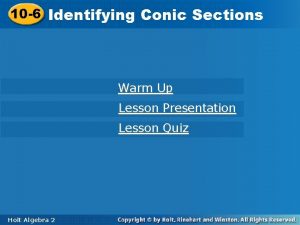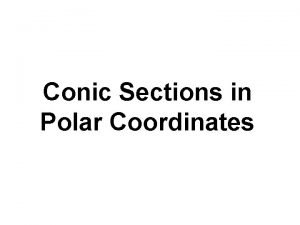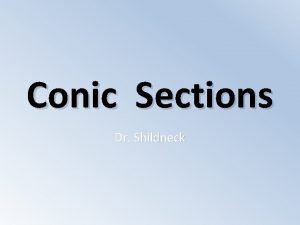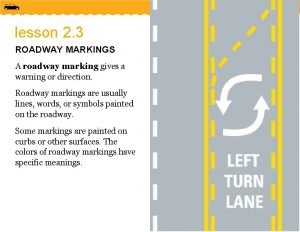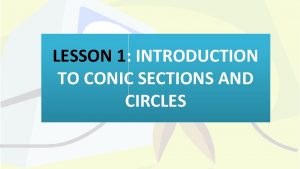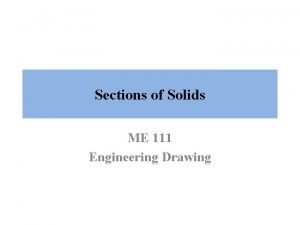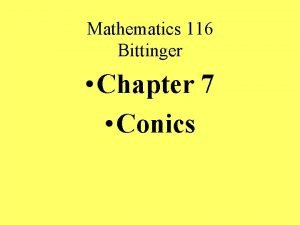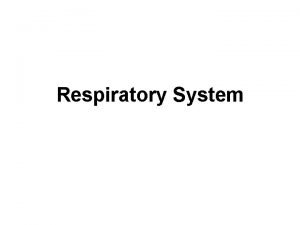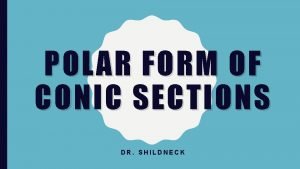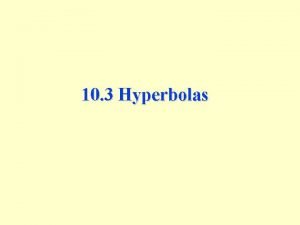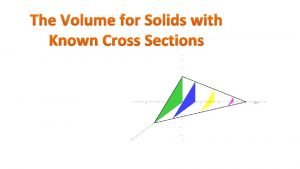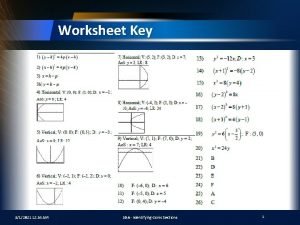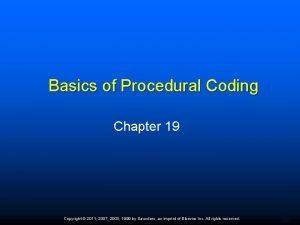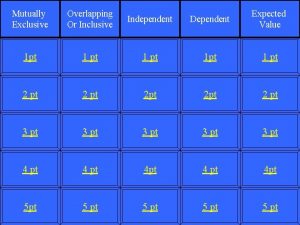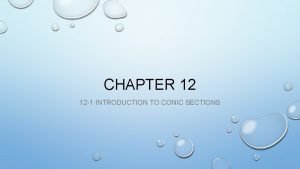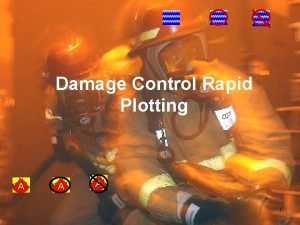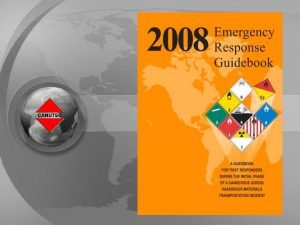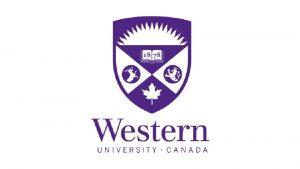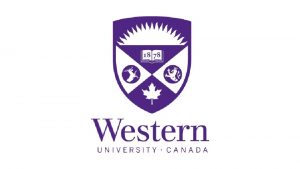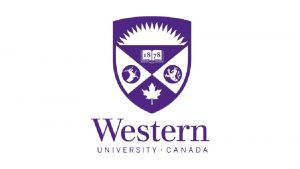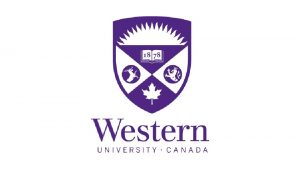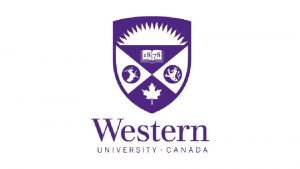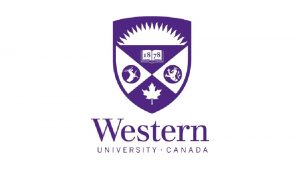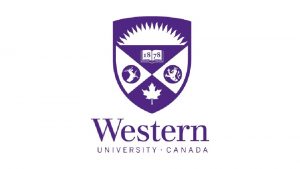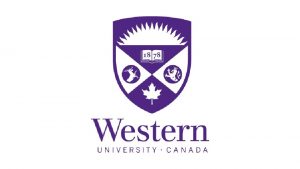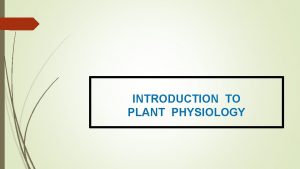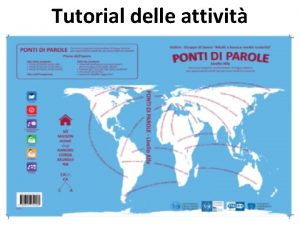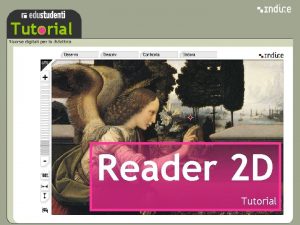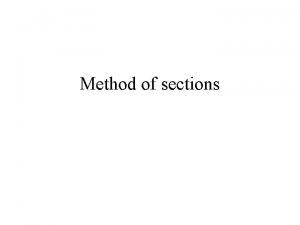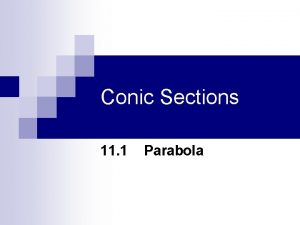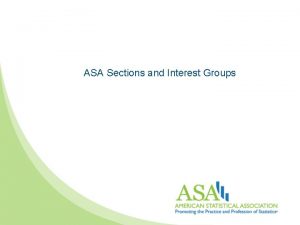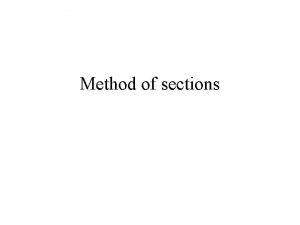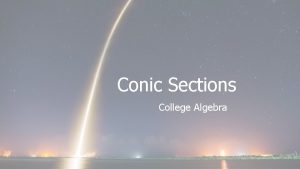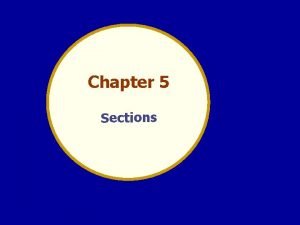Tutorial 7 Sections 009010 TA Greydon Gilmore Physiology







































- Slides: 39


Tutorial 7 Sections 009/010 TA: Greydon Gilmore Physiology 2130 Oct 22 nd, 2019

Your TA reminding you… • 1 st Quiz (1%) • Opens: Oct 21 st @ 4 pm • Closes: Oct 22 nd @ 4 pm • 1 st Midterm - Oct 25 th @ 6 pm-7 pm (15%) • Midterm Review session • When: Wednesday, Oct 23 rd from 6: 00 -8: 00 pm • Where: Auditorium C, University Hospital, 3 rd floor

Today • No group work! • Learning Catalytics Question • Basal ganglia • Anterior pituitary and thyroid • Thyroid Gland Adrenal Gland

Question from email/anonymous suggestion box…

Lateral vs. Ventral Corticospinal Tracts Dorsal Lateral Corticospinal tract Contralateral • Crosses at the pyramids of the medulla • 80 -90% of this pathway • Fine gross motor movements Ventral Medial Corticospinal tract Ipsilateral • Crosses at the spinal cord • Gross motor movements • Affects motor neurons on both sides of the body

I really don't get the concept of gamma motor neurons and 1 a and 1 b afferent neurons so if you can just revise these it would be really helpful. Gamma Motor Units Extrafusal Muscle Fibres Alpha Motor Unit Intrafusal muscle 1 a afferent neuron (stretch)

I really don't get the concept of gamma motor neurons and 1 a and 1 b afferent neurons so if you can just revise these it would be really helpful. Alpha motor neuron without gamma motor neuron would lead to loss of 1 a firing • If gamma not contracting intrafusal, stretch of muscle will not be able to be detected (dangerous) Alpha motor neuron with gamma motor neuron would maintain 1 a firing • With gamma contracting intrafusal, stretch of the muscle can still be detected

Would you be able to go over the cerebellum and basal ganglia in more detail, particularly the cerebellar circuit. I’m not sure I fully understand the concepts • Will be covered in todays lecture slides

Where were type C fibers mentioned? Dr. Everling, Lecture 2, Slide 23 Fiber Type Fiber characteristics Aβ (beta) Large, myelinated Aδ (delta) Small, myelinated C Small, unmyelinated Associated stimuli Mechanical stimuli (touch) Intense mechanical or mechanothermal stimuli, fast pain Heat, cold, slow pain

Learning Catalytic Question

Motor Physiology: The Cerebellum and Basal Ganglia Chapter 3: Dr. Everling

The Cerebellum • Function: evaluates difference between intended and actual movement action • Cortex, brain stem and spinal cord send signals TOWARDS • Cerebellum sends signals BACK, however these can be modified for motor learning

The Cerebellum Circuit Two inputs: • Mossy fibers: Synapse on granule cells. • Axons of granule cells form parallel fibers which synapse on Purkinje cells • Climbing fibers: Synapse directly on Purkinje cells. • Mossy and climbing fibers excite Purkinjie cells, which provide cerebellum output through inhibition

The Basal Ganglia • Function: regulating and planning movements • Cortex send signals TOWARDS • Basal ganglia sends signals BACK through the thalamus Two main functions 1. 2. Production of movement – direct pathway Inhibition of movement – indirect pathway

Basal Ganglia Circuit • Cerebral cortex sends excitatory signals to striatum (caudate + putamen) • Direct pathway (movement): • striatum inhibitory projections to globus pallidus internal • globus pallidus inhibitory projections to thalamus • Indirect pathway (Inhibit movement): • striatum inhibitory projections to globus pallidus external • globus pallidus external inhibitory projections to subthalamic nucleus • subthalmic nucleus excitatory projections to globus pallidus internal • globus pallidus internal inhibitory projections to thalamus • thalamus excitatory projections to cortex

Less Dopamine • Less dopamine from substantia nigra pars compacta • Direct pathway DE-ACTIVATED: • striatum will not inhibit the globus pallidus internal Less dopamine • Indirect pathway ACTIVATED: • striatum will inhibit globus pallidus external • globus pallidus external will no longer inhibit the subthalamic nucleus • subthalmic nucleus will cause excitation of globus pallidus internal • globus pallidus internal inhibits the thalamus • thalamus will no longer excite the cortex • Movement inhibited excitatory inhibitory

More Dopamine • More dopamine from substantia nigra pars compacta • Direct pathway ACTIVATED: • striatum will inhibit the globus pallidus internal • globus pallidus internal will no longer inhibit the thalamus More dopamine • Indirect pathway DE-ACTIVATED: • striatum will no longer inhibit the globus pallidus external • globus pallidus external will inhibit the subthalamic nucleus • subthalmic nucleus will no longer excite the globus pallidus internal • globus pallidus internal no longer inhibits the thalamus • thalamus will excite the cortex • Movement initiated excitatory inhibitory

Parkinson Disease • Loss of neurons in substantia nigra pars compacta • Direct pathway DE-ACTIVATED: • striatum will not inhibit the globus pallidus internal Less dopamine • Indirect pathway ACTIVATED: • striatum will inhibit globus pallidus external • globus pallidus external will no longer inhibit the subthalamic nucleus • subthalmic nucleus will cause excitation of globus pallidus internal • globus pallidus internal inhibits the thalamus • thalamus will no longer excite the cortex • Movement inhibited excitatory inhibitory

Endocrine: Anterior pituitary and thyroid Chapter 3: Dr. Beye

Where are the neurohormones released by the posterior pituitary produced? A) B) C) D) by neuroglia located at the end of the posterior pituitary in the neuronal cell bodies found in the hypothalamus by the endocrine cells located within the posterior pituitary in the axon terminal of the neurons that project from the hypothalamus through to the infundibulum

Where are the neurohormones released by the posterior pituitary produced? A) B) C) D) by neuroglia located at the end of the posterior pituitary in the neuronal cell bodies found in the hypothalamus by the endocrine cells located within the posterior pituitary in the axon terminal of the neurons that project from the hypothalamus through to the infundibulum

What is true of oxytocin? A) B) C) D) It is made by the posterior pituitary It acts on an intracellular receptor It dissolves in the blood It mediates a slow response

What is true of oxytocin? A) B) C) D) It is made by the posterior pituitary It acts on an intracellular receptor It dissolves in the blood It mediates a slow response

Hypothalamus-Anterior Pituitary Hypothalamus Anterior pituitary Target 1. 2. 3. 4. Gn. RH CRH TRH Gonadotropin releasing hormone Corticotropin releasing hormone FSH and LH ACTH Gonads Adrenal glands GHRH Thyrotropin releasing hormone Dopamine (Inhibitory) Growth hormone releasing hormone TSH Prolactin GH Thyroid Mammary glands Bone, liver, skeletal muscle and fat Hypothalamus makes and releases hormone into portal system Hormone travels through hypothalamic hypophyseal portal system to ant pit Hormone acts on ant pit to make and release a hormone into general circulation Hormone travels through general circulation to target tissue

If the hypothalamic-hypophyseal portal system was destroyed… A) B) C) D) Prolactin would not be circulating Gn. RH would not be circulating Thyroid hormone would be circulating No hormones would be circulating

If the hypothalamic-hypophyseal portal system was destroyed… A) B) C) D) Prolactin would not be circulating Gn. RH would not be circulating Thyroid hormone would be circulating No hormones would be circulating Gn. RH Gonadotropin releasing hormone FSH and LH Gonads

Thyroid Gland Thyroid Cartilage Thyroid Gland Trachea

Follicular cell Thyroid Gland Colloid 1. Capillary: TH transport 2. Follicle: functional unit where TH is made 3. Colloid: TH is made and stored here 4. Follicular cells: acquire and produce TH building blocks Follicle Capillary

Thyroid Hormone Overview • TH is an amine hormone with properties similar to steroid hormone • Function: increase basal metabolic rate; acts on nearly every cell of body • 2 key components: tyrosine and iodide

Thyroid Hormone Synthesis 1. 2. 3. 4. 5. 6. 7. 8. Tyrosine residues of thyroglobulin iodinated Two iodinated residues join by covalent bond Thyroid hormones stored in colloid TSH binds receptor and activates thyroid hormone synthesis Follicular cells take in thyroglobulin by endocytosis Endosome fuses with lysosome Lysosomal enzymes cause release of T 3 and T 4 diffuse into bloodstream

Which of these hormones have the same target tissues or cells? A) B) C) D) TRH and T 4 ADH and CRH Prolactin and Vasopressin TSH and GHRH

Which of these hormones have the same target tissues or cells? A) B) C) D) TRH and T 4 ADH and CRH Prolactin and Vasopressin TSH and GHRH

Thyroid Hormone Modulation

Thyroid Gland Adrenal Gland Chapter 3: Dr. Beye

Thyroid Gland Disorders Symptoms Causes Hyperthyroidism Hypothyroidism Weight loss Increase HR Sensitive to heat Fidgety, hyperactive, irritable Weight gain Decrease HR Sensitive to cold Fatigue, depression TRH or TSH (leads to Goiter) Grave’s disease: Ab to TSH receptor TRH TSH Poor diet/iodide deficiency (leads to Goiter) Can also result in atrophy: Autoimmune destruction of thyroid gland

Adrenal Gland: Layers (Not on midterm) Layers Categories of Hormones Example Stimulus Effect Cortex Zona glomerulosa Mineralocorticoid s Aldosterone RAAS pathway (@ low BP) Increase Na+ reabsoprtion Cortex Zona fasciculata Cortisol ACTH - Cortex Zona reticularis Androgens DHEA - - Medulla Catecholamines Epinephrine Sympathetic Nervous System SNS response Glucocorticoids Three classes of steroids: Mineralocorticoids, Glucocorticoids and Androgens

Next Tutorial (Oct • Endocrinology th 29 )

What Questions Do You Have? You can ask in the Owl forums as well! Also anonymously ask questions in the online dropbox!!
 Where is the focal point in a triangular arrangement?
Where is the focal point in a triangular arrangement? Kate gilmore
Kate gilmore Brianna gilmore
Brianna gilmore Kate gilmore
Kate gilmore Gilmore and bell
Gilmore and bell Gilmore gu
Gilmore gu What are the districts in paris called
What are the districts in paris called Ctd sections
Ctd sections Distance vector routing algorithm
Distance vector routing algorithm Chapter 9 conic sections and analytic geometry
Chapter 9 conic sections and analytic geometry Conic sections applications
Conic sections applications Preamble goals
Preamble goals Code of ethics 3 major sections
Code of ethics 3 major sections Eiffel tower equation
Eiffel tower equation Identifying conic sections
Identifying conic sections Project charter sections
Project charter sections Rewrite the 9 underline sections in the following paragraph
Rewrite the 9 underline sections in the following paragraph Conic sections
Conic sections Articles of the code of ethics are broad statements
Articles of the code of ethics are broad statements Chapter 5 lesson 4 declaring independence
Chapter 5 lesson 4 declaring independence Conic sections equations
Conic sections equations Conic sections in polar coordinates
Conic sections in polar coordinates Conic sections
Conic sections Milady chapter 16 haircutting
Milady chapter 16 haircutting Red raised roadway marker
Red raised roadway marker Northern plains of india
Northern plains of india Lesson 1 exploring conic sections
Lesson 1 exploring conic sections Egypt is divided in how many sections
Egypt is divided in how many sections What is meant by true shape of section
What is meant by true shape of section Chapter 7 conic sections and parametric equations
Chapter 7 conic sections and parametric equations Parts of the pharynx
Parts of the pharynx Conic sections in polar coordinates
Conic sections in polar coordinates Hyperbola equation examples
Hyperbola equation examples Volume of known cross sections
Volume of known cross sections Classifying conic sections worksheet
Classifying conic sections worksheet Procedural coding chapter 19
Procedural coding chapter 19 Trinity has a spinner with 10 equal sections
Trinity has a spinner with 10 equal sections Conic sections graphing calculator
Conic sections graphing calculator How many sections are on the rapid plotting message blank?
How many sections are on the rapid plotting message blank? Erg highlighted green
Erg highlighted green







